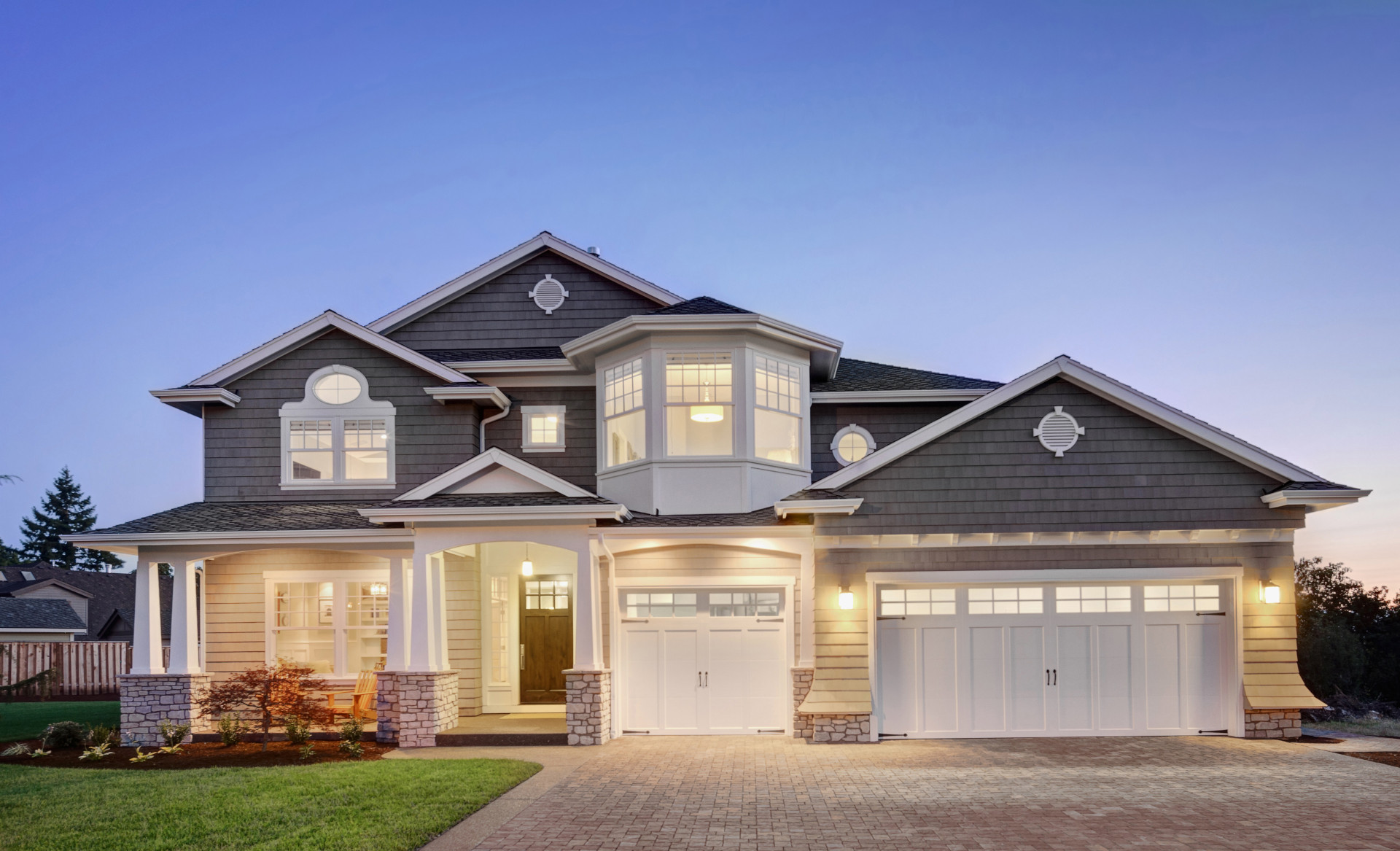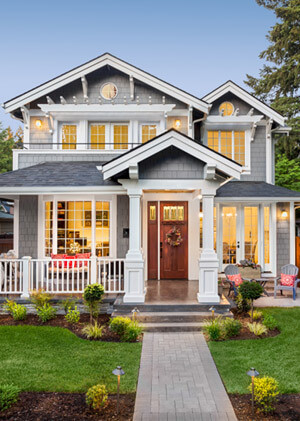
Conventional Loans are mortgage loans that are not insured by the government (like FHA, VA, USDA Loans), but they typically meet the lending guidelines that have been set by Fannie Mae or Freddie Mac. Typically, conventional loans have better rates, terms and/or lower fees than other types of loans. However, conventional loans typically require a borrower to have good-to-excellent credit, reasonable amounts of monthly debt obligations, a down payment of 5-20% and reliable monthly income. Conventional loans are ideal for borrowers with excellent credit and at least a 5% down payment.

Fixed Rate Mortgages: Your rate and payment never change.
Adjustable Rate Mortgages: After the initial period your interest rate can change once a year.
For Purchase transactions Conventional Loans typically require the homebuyer to put down at least 5% of the purchase price of the home. Keep in mind that if the down payment is less than 20% of the purchase price, most lenders will require private mortgage insurance (PMI).
If you are a first time home buyer, or if the qualifying income on your loan application is 80% or less of the
you can put down as little as 3% of the purchase price on your new home.
Rate & term refinances are usually to lower a borrower's interest rate and payment and can be done up to 97% loan to value (3% equity).
Cash-out refinances are when a borrower wants to tap into the equity on their home and pull cash out for a home improvement project, investments, and/or debt consolidation. Currently, cash-out refinances are not allowed to exceed 80% of the value of the home.
Most conventional loan programs allow you to purchase single-family homes, warrantable condos, planned unit developments, and 1-4 family residences. A conventional loan can also be used to finance a primary residence, second home and investment property.